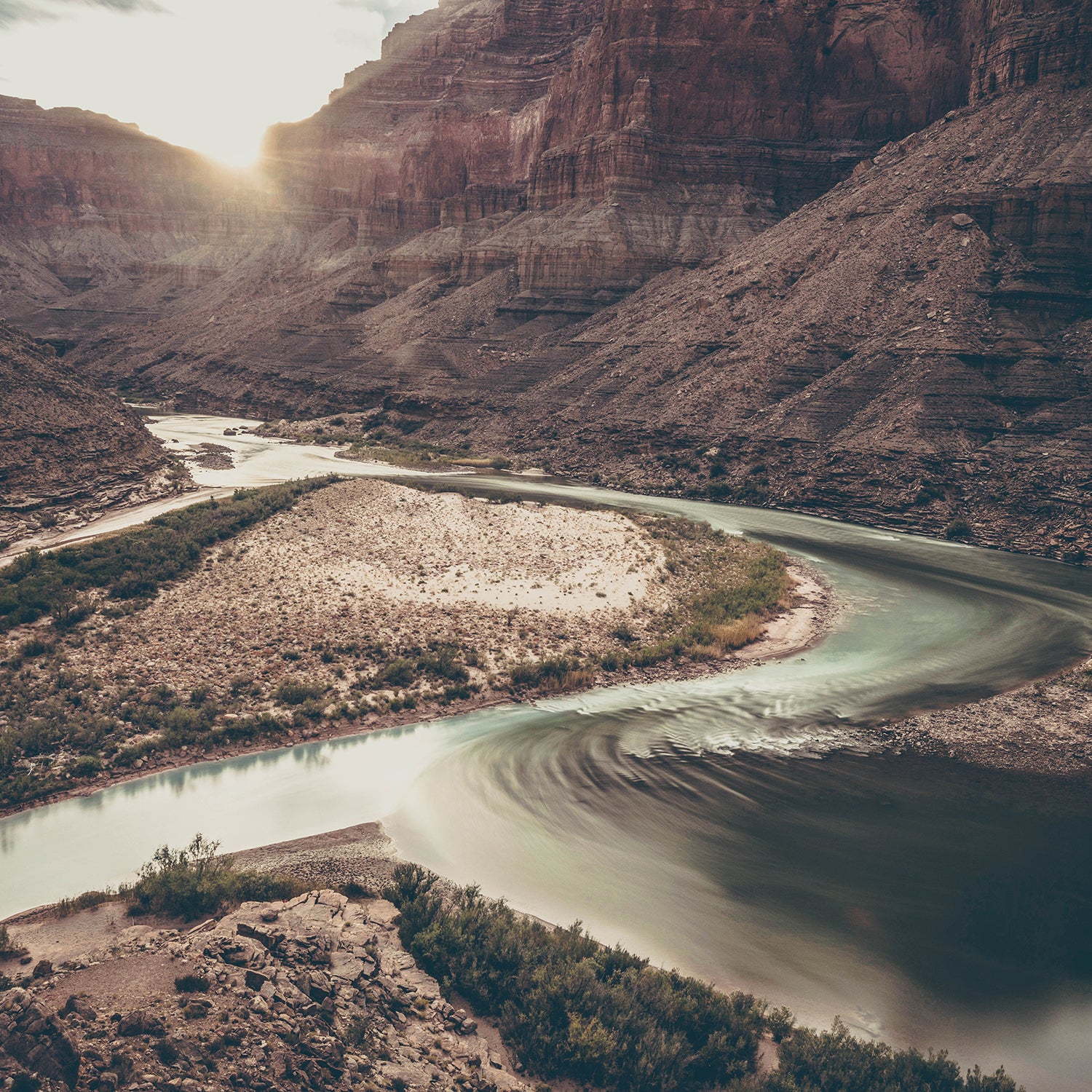At Mile 61, on the canyon’s east side, the turquoise Little Colorado River feeds into the dark-green Colorado River, a confluence that’s sacred to the many Native American tribes that come from this area. In October 2017, the Navajo Nation Council a developer’s plan to build the so-called Escalade Tramway, a 1.4-mile tram that would shuttle up to 10,000 visitors a day to the bottom of Grand Canyon. Navajo Nation member Renae Yellowhorse works with a group called , which helped shut down the tramway.
I read in the newspaper they’re going to build a tram, like a ski lift, down into the Grand Canyon. I thought, “That’s not right.” My relatives came to me and said, “Can you help us save the confluence?” So that’s what I did.
For the Navajo, my relatives, the confluence is our origin and basis of our cultural identity. Not just our origin, but also the animals, insects, birds. We’re matrilineal people; our mothers share information. My aunt Sarah said the confluence in Diné language is unmentionable, as it represents the beginning of life. The waters gushing. The canyon itself. It’s like the birth canal. The water is fresh and beautiful, like the first gush of life. The two rivers come together and swirl. You see this imagery in our rugs and pottery. From that area comes life. Each oral history is different for all of the people who come from this area: the Hopi, the Havasupai, the Apache, and other tribes.
I asked my mother, “What would my great grandmother say?” She said, “There was an admonition: Do not go to the confluence unless you have a purpose. It is a place to do your prayers or for medicinal reasons.” My father said, “That place is sacred. Protect it.” To my people, this is where we speak to the gods that walk the canyon. To try to make money off this place is a desecration of everything we’ve ever learned and been told.


